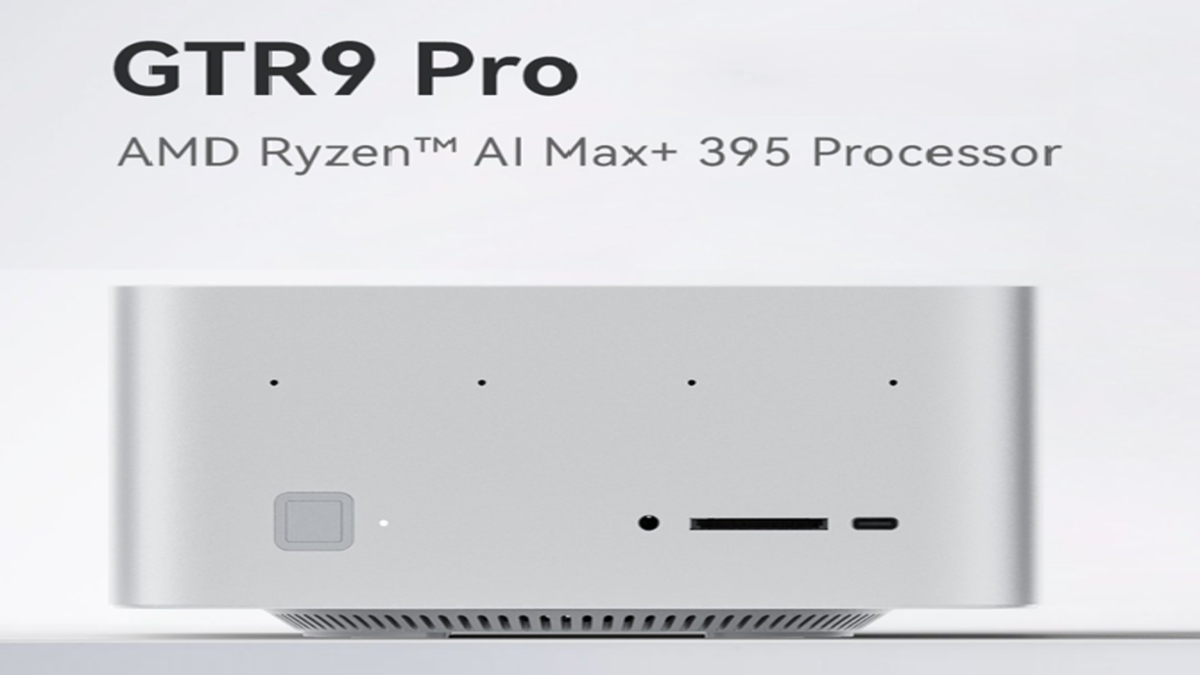When the Hunga Tonga-Hunga Ha‘apai volcano blew its top in 2022, it wasn’t just one of the most powerful eruptions in modern history—it literally made waves in space.
The explosion sent a towering plume of ash and gas over 31 miles (50 kilometers) into the atmosphere, punching far above where commercial jets cruise and most weather lives. But what really blew scientists’ minds? The ripple effect didn’t stop there. It kept going—all the way to the upper atmosphere, where our satellites circle the planet.
A new study published in AGU Advances explains how the gargantuan eruption managed to rattle a part of the planet most volcanoes never touch. Using satellite data and atmospheric modeling, the researchers tested two culprits: lamb waves—pressure waves that “hug” Earth’s surface—and secondary gravity waves, which are generated when the first wave of, uh, waves, break apart high in the sky.
 Simulations showing secondary gravity waves from the eruption. Graphic: Li et al. 2025
Simulations showing secondary gravity waves from the eruption. Graphic: Li et al. 2025The researchers found that the secondary gravity waves were the culprit, as their fast movements and larger magnitudes better matched the satellite data studied by the team. Basically, the Tongan eruption created a shockwave so intense it shook the sky.
The findings complement earlier research showing that the Hunga Tonga-Hunga Haʻapai eruption gave off a subtle seismic signature—a Rayleigh wave—before the eruption began, detectable by seismometers over 400 miles (644 km) away. That wave—imperceptible to humans—was a rare and overlooked clue that something catastrophic was about to happen. Together, these studies suggest that massive volcanic events don’t just shake the ground—they shake the entire atmosphere, from the seafloor to the edge of space. Now scientists are realizing that Earth’s most violent eruptions might leave multiple early fingerprints—if we know where (and when) to look.
The team’s study is also a reminder that what happens on Earth’s surface can even perturb the edge of space—a zone we increasingly rely on for communication, weather tracking and climate modeling, and GPS. The better we understand how events like this ripple out from their sources, the better we can protect the tech we depend on to function down here.








 English (US) ·
English (US) ·